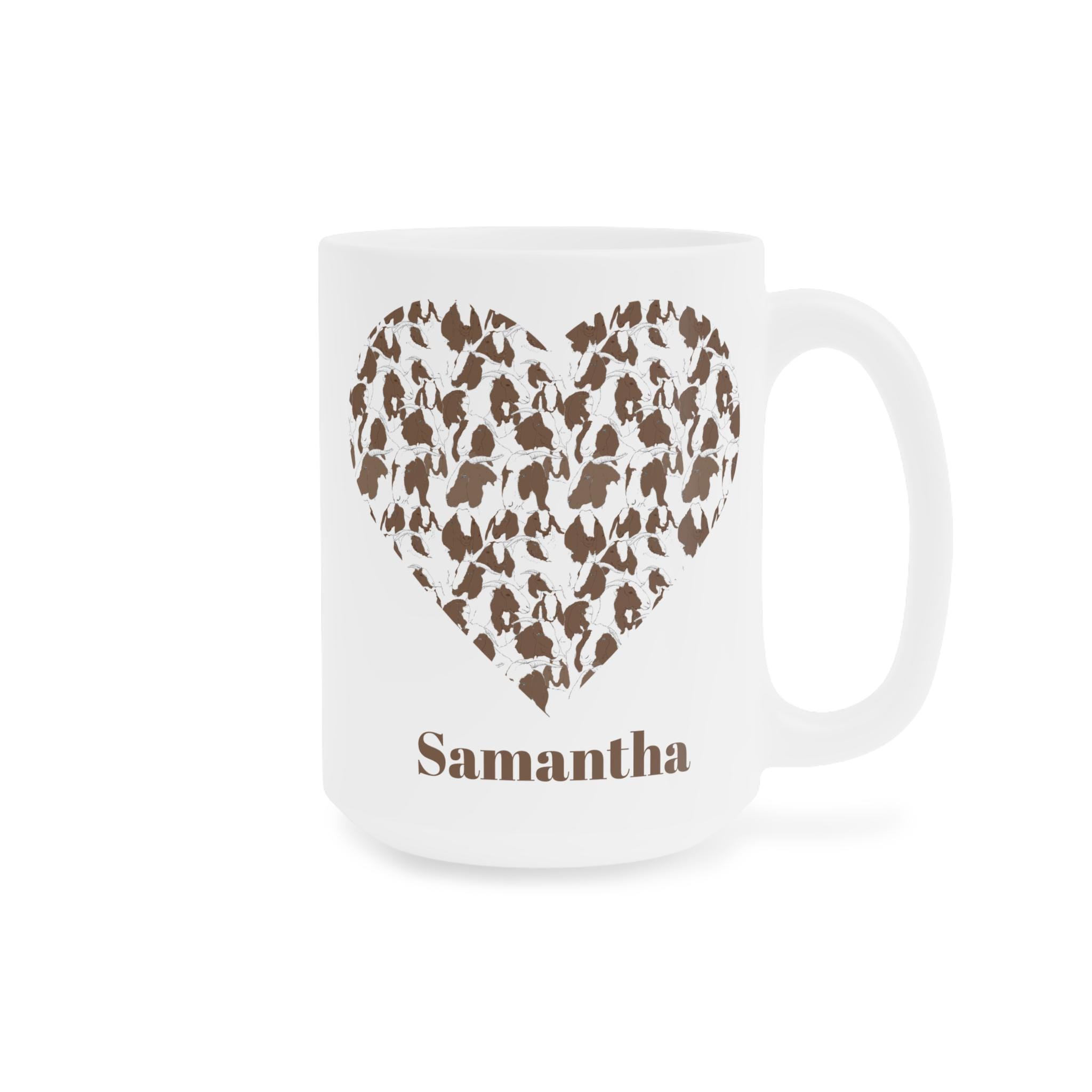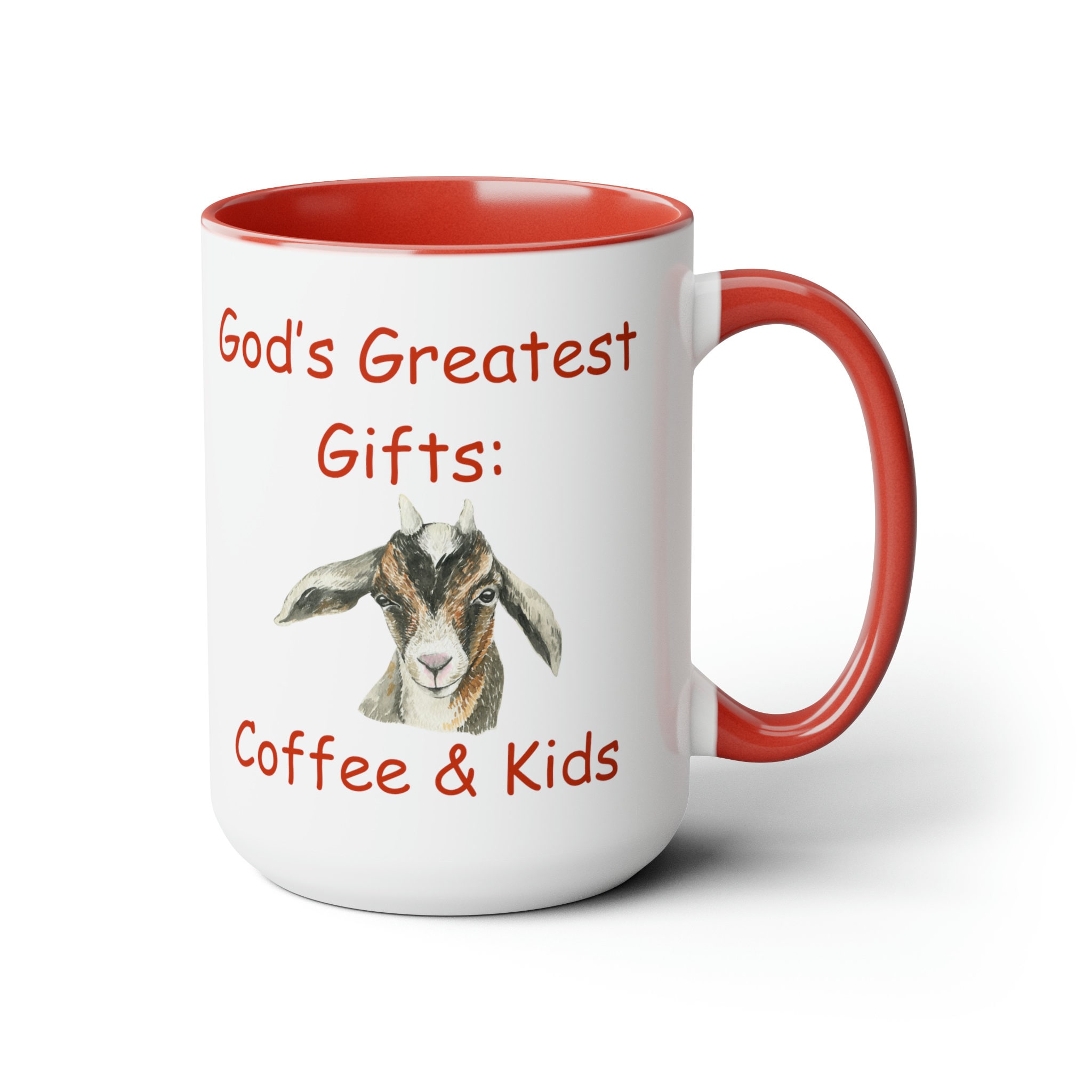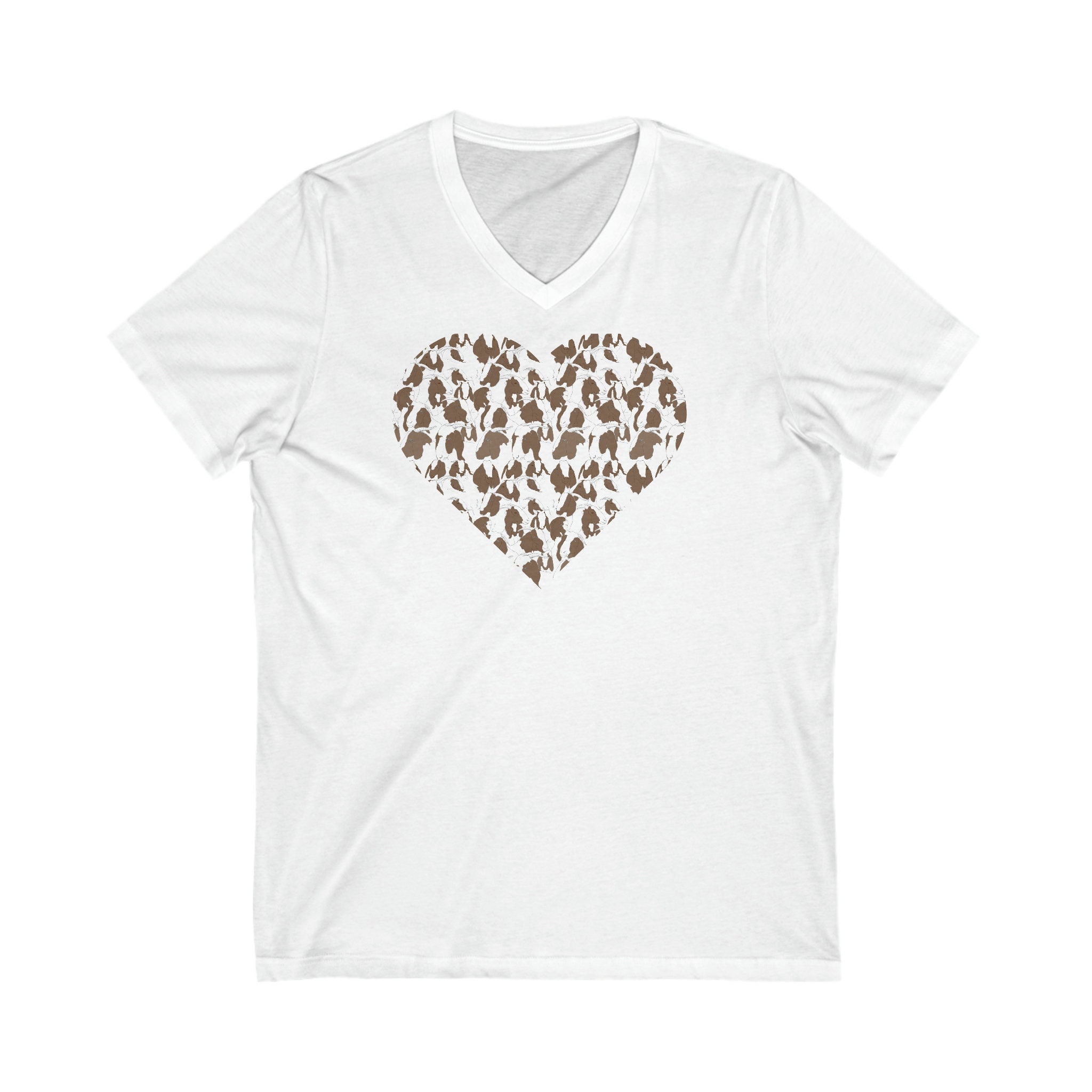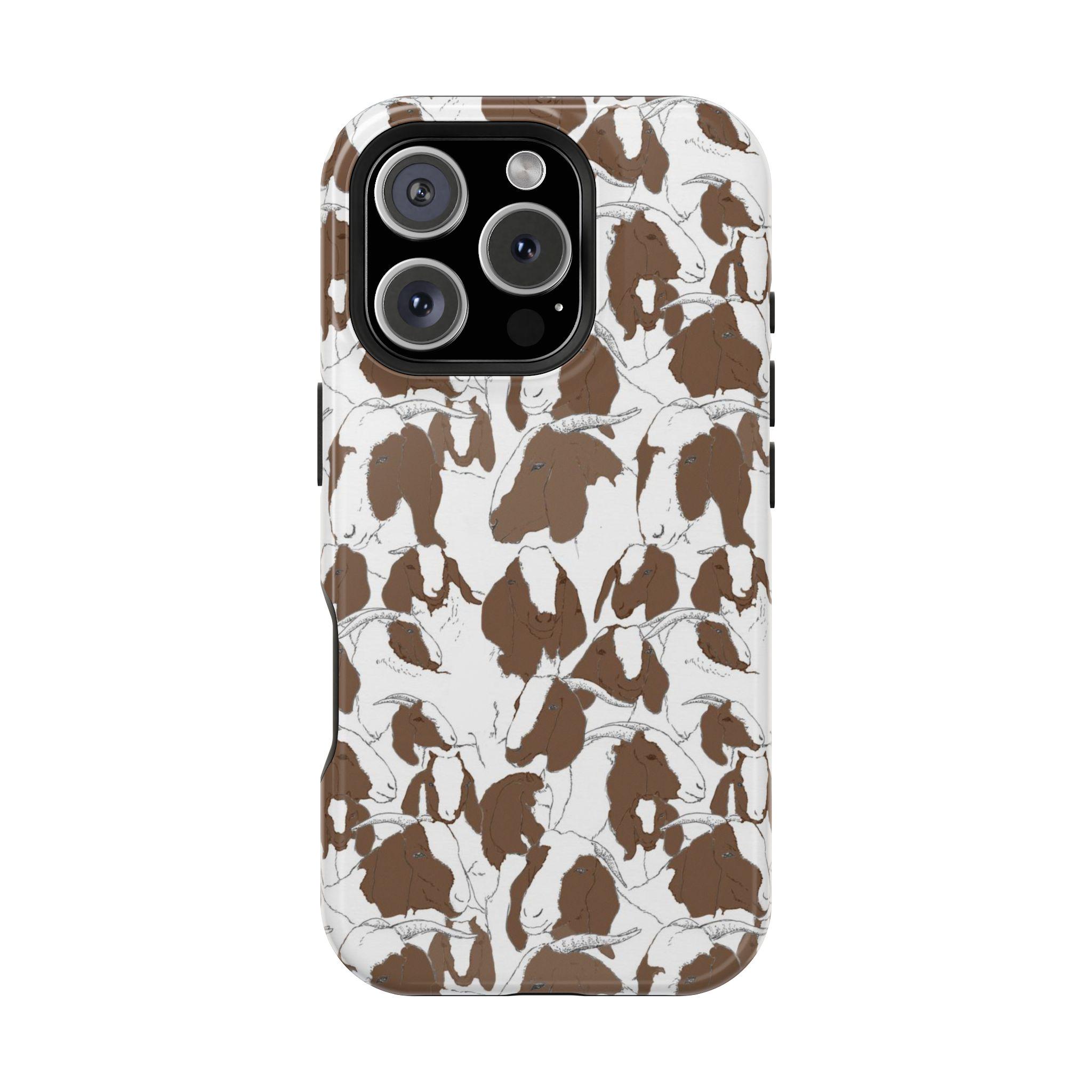Getting Your Meat Goats Bred
As I stated in the last section, does tend to cycle in the fall, after about September first. A young doeling will begin to come into heat at about 4 months old. A normal heat cycle is 21 days, but the actual range is more like 18 to 25 days. The doe will remain in heat for 12 to 36 hours. Sometimes a doe will come into heat, breed, and then come into heat again in 7 to 10 days. She will usually get pregnant the second time. This is a normal, and relatively common occurrence, especially at the beginning of the breeding season. I have a doe who does this every single year. She always conceives triplets on the second breeding, but she will then re-breed, just for practice, every month for the rest of the season.
Most does will tell you when they are in heat. They will stand by the fence nearest to the buck, wag their tails, stare at him, and cry. However, as in all species, every doe is different. Some stand there and scream. Some stand by the fence and wag their tails like crazy. Some does have a large amount of vaginal discharge when they are in heat. Some butt heads and mount, or are mounted by, other does. Usually, it is the doe that is standing to be mounted by the other does that is the one in heat, but this is not cut and dry either.
If you go out to a doe that you think is in heat, and push down on her rump, just above the tail head, and she stands still, or even wags her tail, you know she is in heat. (A doe that is not in heat will tuck her hips under.) This is called, imaginatively enough, ‘standing heat’. Some does do not say a word when they are in heat, and the only way to catch them is to put them in with the buck and let him figure it out on his own.
When to Breed
One of the most frequently asked questions is, “When do I breed my does?” First of all, the doe must be big enough to breed. This means at least 70 to 80 pounds, and over 7 months old. I like to wait until my does are 9 months, but this is not always practical if you are trying to stick to a schedule.
Next, you need to decide when you want to kid. I know, you just want to breed your does, but the result is going to be little kids hitting the ground all over your ranch, and you need to be ready for them.
When to kid is a more complicated question than most people realize. The gestation period for a goat is 145 to 155 days, so figure 150 days, or 5 months. You need to take several things into consideration:
What will the weather be like in my area when it is time for these kids to be born?
How many goats can I comfortably kid out at one time?
What other commitments will be going on in my life at that time of year? What about planting, taxes, children, travel, goat shows, etc.
If I’m going to give shots on a monthly schedule, how can I arrange these kiddings to reduce my work load?
How many times do I want to disrupt my life to kid out my goats? Should I group these kiddings more, or spread them out?
In my area, it is best to breed the goats the first week of September to kid out in the first week of February. Why? Because, in the valley I live in, we always get Indian summer the second and third week of February. So the kids can get up and going, and be about three weeks old, before the cold weather hits again. It is too cold to kid the end of February and March, so I try to group the rest of my breeding in the month of November to kid in April.
This schedule means that my February kids will be 9 months old when I want to breed them in November, but my April kids will only be 7 months old. But if I wait to breed those April kids until January, then their kids will be born in June and too young to breed at all the next fall. Then I will have to make a decision based on schedules and the weight of my does that will affect how I breed the next year.
How to Manage Breeding
There are several ways to manage your breeding. One option is pasture breeding. This is probably the most common way to get the job done in a meat herd. To pasture breed you just put the buck out with the does during the month that you want them bred, and expect that he will get the job done. He generally does. However, unless you put a marking harness on him (this is a harness, built for sheep, that holds a crayon between a buck’s front legs, so that when he mounts a doe it leaves a mark on her rump), you will not know when, or if, your does are bred for sure. Sometimes, especially with younger bucks, a buck in a pasture breeding situation will expend all his resources on one doe by breeding her over and over. Then, when another doe comes into heat, he doesn’t have anything left for her. That is why it is a good idea to leave your does in with a buck, if you are pasture breeding, for over 40 days (long enough for at least two heat cycles). This gives the buck another shot if he missed one the first time around.
Another option is called ‘hand breeding’. In this method, you put your buck in a sturdy pen next to the does. Putting a buck that has not been near the does before, into close contact with your does may stimulate them to come into heat. When a doe is standing at the fence wagging her tail and kissing on the buck, even though the rest of the herd has gone out to eat, she is in heat. Put her into his pen, let him breed her twice, then remove her. This works very well if you have people around to watch and be sure you catch the does as they come into heat, and if your does come into obvious heat.
My favorite breeding plan is a combination of the above options. I like to move the buck into a pen right next to the does at the first of the month in which I want them to be bred. Then, I hand breed any doe that comes into heat in the first two weeks of the month. Any remaining does that are scheduled to be bred in that month, that have not been hand bred by the second week, are then put into his pen. The marking harness is put on the buck. When I see a doe has been marked, I pull her out of the pen. This gives me nearly exact breeding dates on most of my does and keeps them on my schedule.
How do I decide who to breed in which month? Again, it has to do with age and size. I breed in September and November. My does that are over one year old are bred in September, and my does that are under one year old are bred in November. I have also been known to do another breeding in April for the very late doelings of the previous year.
Excerpt from Raising Meat Goats for Profit by Gail Bowman. May NOT be reproduced in any form without written permission from the author.









